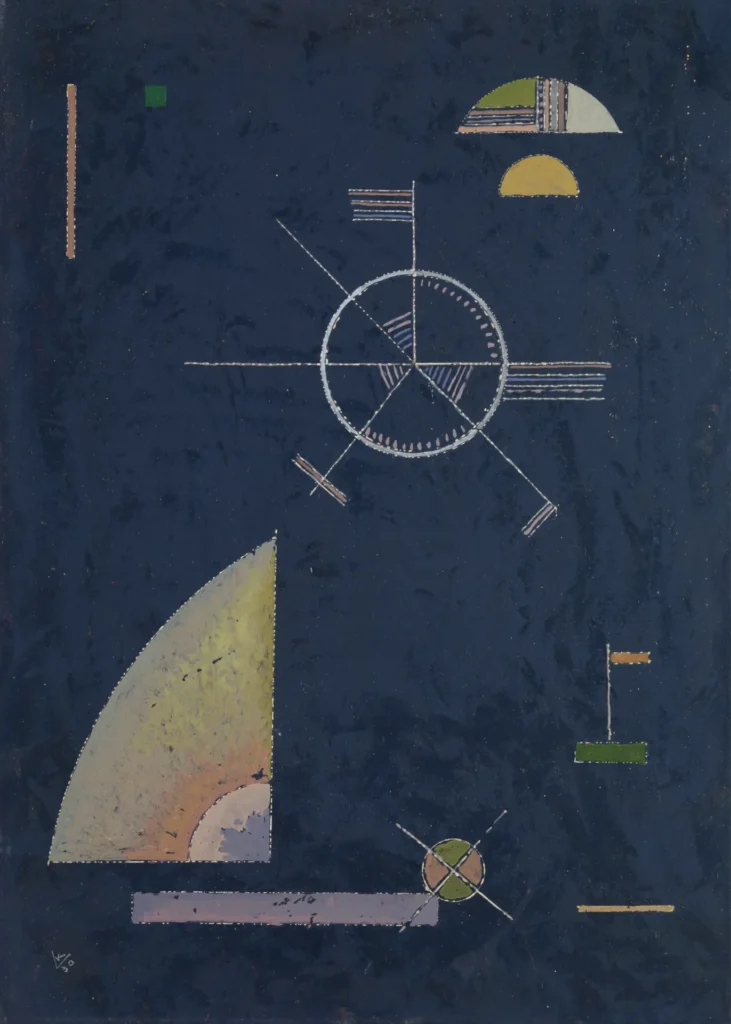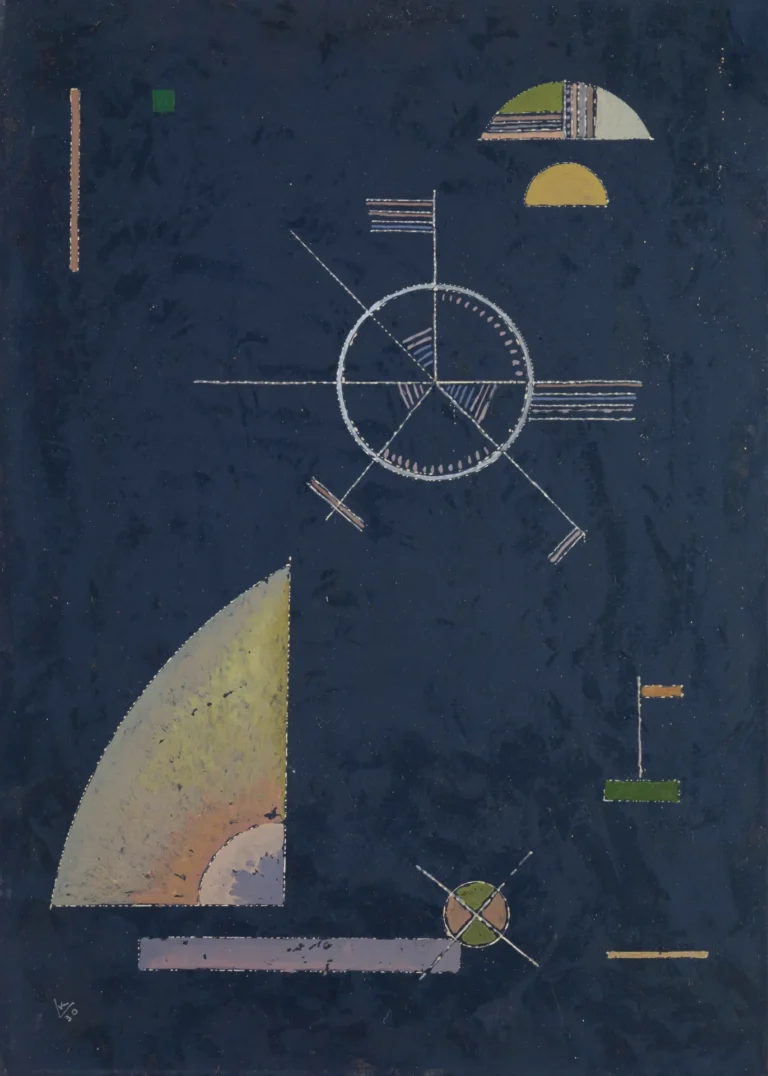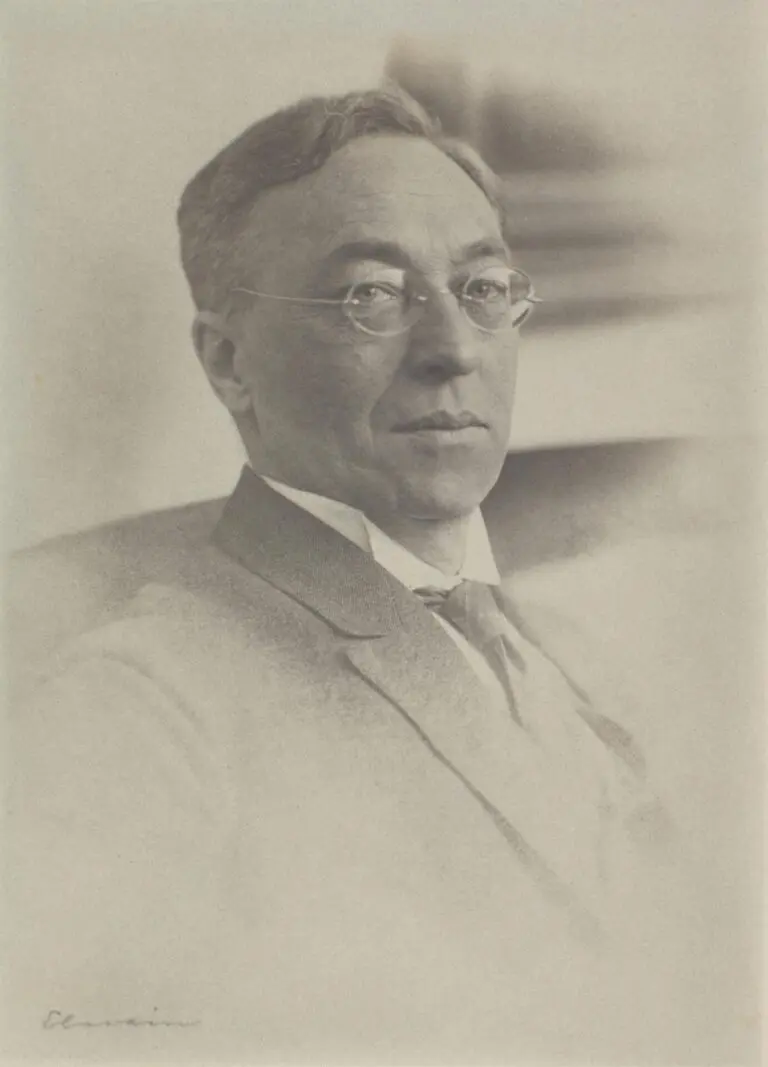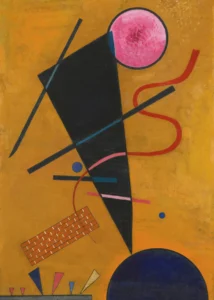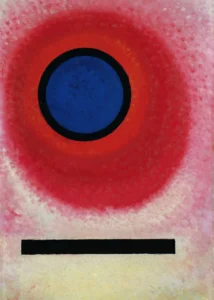Dull gray (1930)
Created by the revolutionary Russian artist Wassily Kandinsky in 1930, Dull gray epitomizes his contributions to abstract art while exploring muted colors that deviate from his typically vibrant aesthetic. Kandinsky was known for his ability to evoke emotion through color and form, and Dull gray reflects this with its subdued tone, inviting viewers to appreciate the subtleties of abstraction. The painting is currently preserved in the Kunstmuseum Basel, highlighting its importance as a part of modern art history.
Year 1930
About the Artwork
Wassily Kandinsky, often hailed as a pioneer of abstract art, painted Dull gray during a period of artistic inquiry and exploration during the late 1920s and early 1930s. This phase in Kandinsky's career saw him experimenting with more tonal structures, diverging from the vibrant and dynamic hues for which he was widely recognized. The choice of gray in Dull gray could be interpreted as a reflection of the changing atmosphere of the time or perhaps a personal response to the complexities of the modern world. The interplay of geometric shapes and muted colors invites viewers to consider not only the visual elements but also the emotional resonance behind them. Dull gray serves as a reminder of Kandinsky's versatility as an artist and his ongoing exploration of form and color as communicative tools.
Did You Know
Wassily Kandinsky is widely regarded as one of the founders of abstract art, significantly influencing the movement through his theoretical writings and artworks that focus on expressing emotions through colors and shapes.
In Kandinsky’s theory, color is fundamental in conveying feeling and emotion, and he often believed that colors have spiritual significance, which he reflected in his choice of palette across his body of work.
Throughout his career, Kandinsky’s artwork evolved significantly, transitioning from figurative representations to more abstract compositions, showcasing his continuous experimentation with form, color, and emotional depth.




